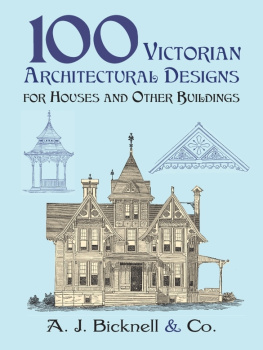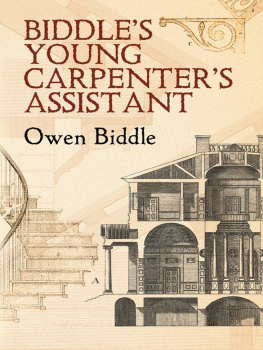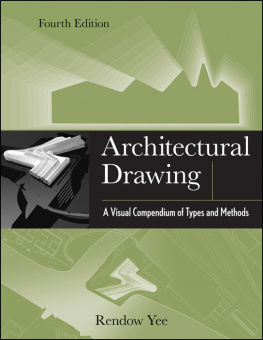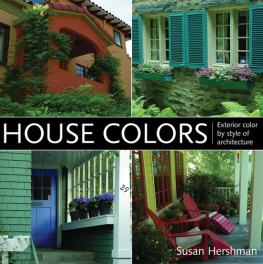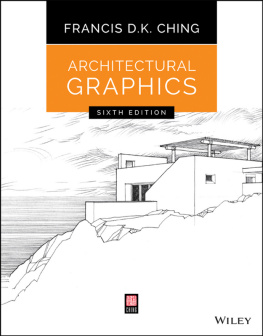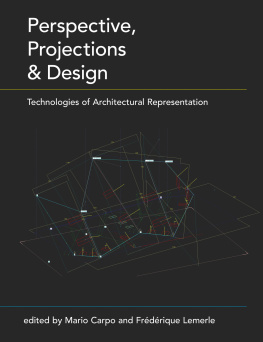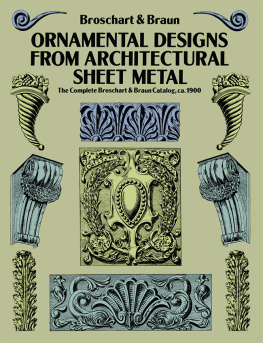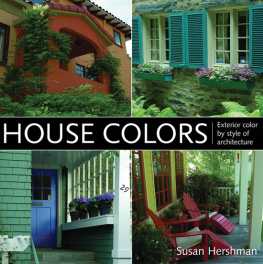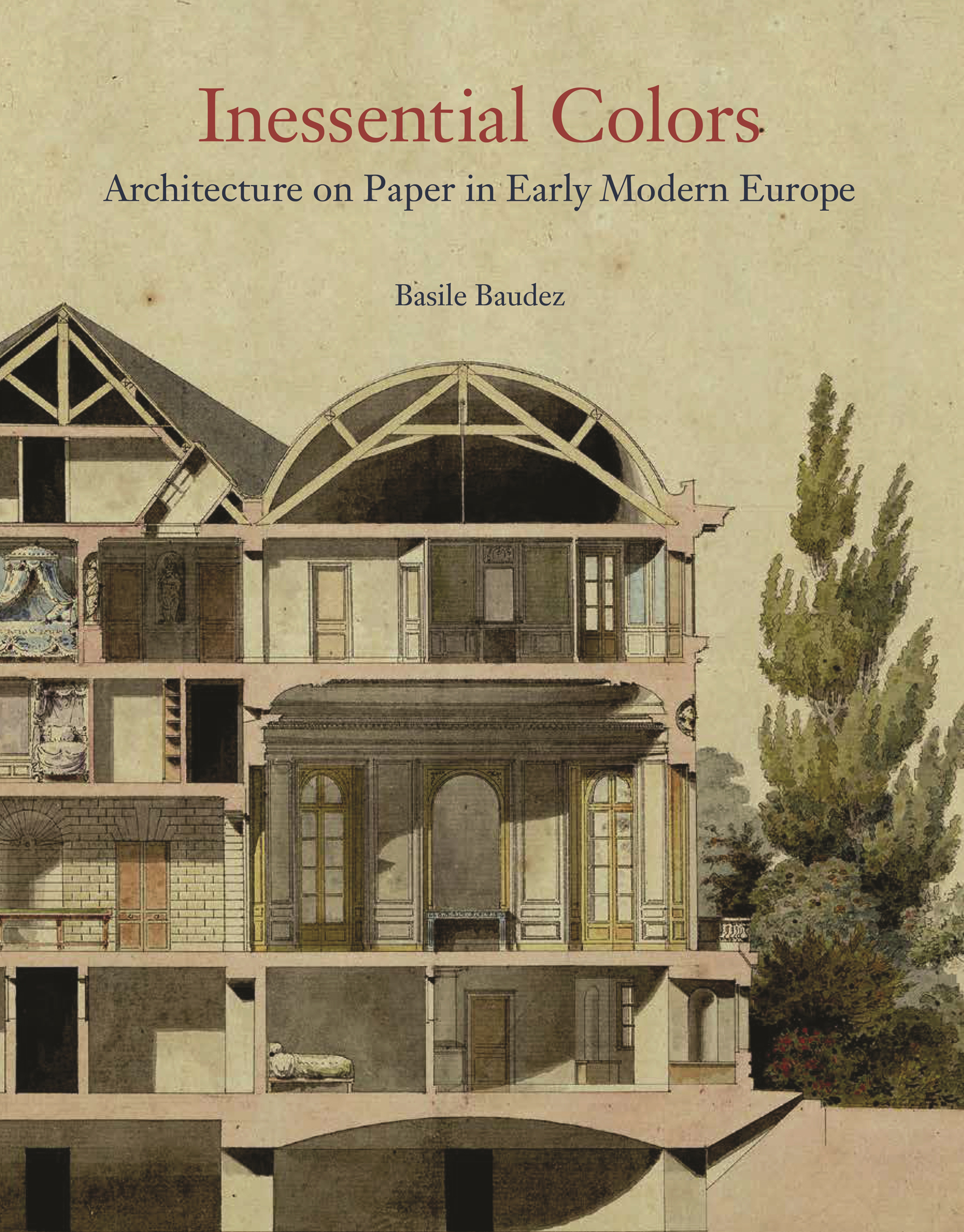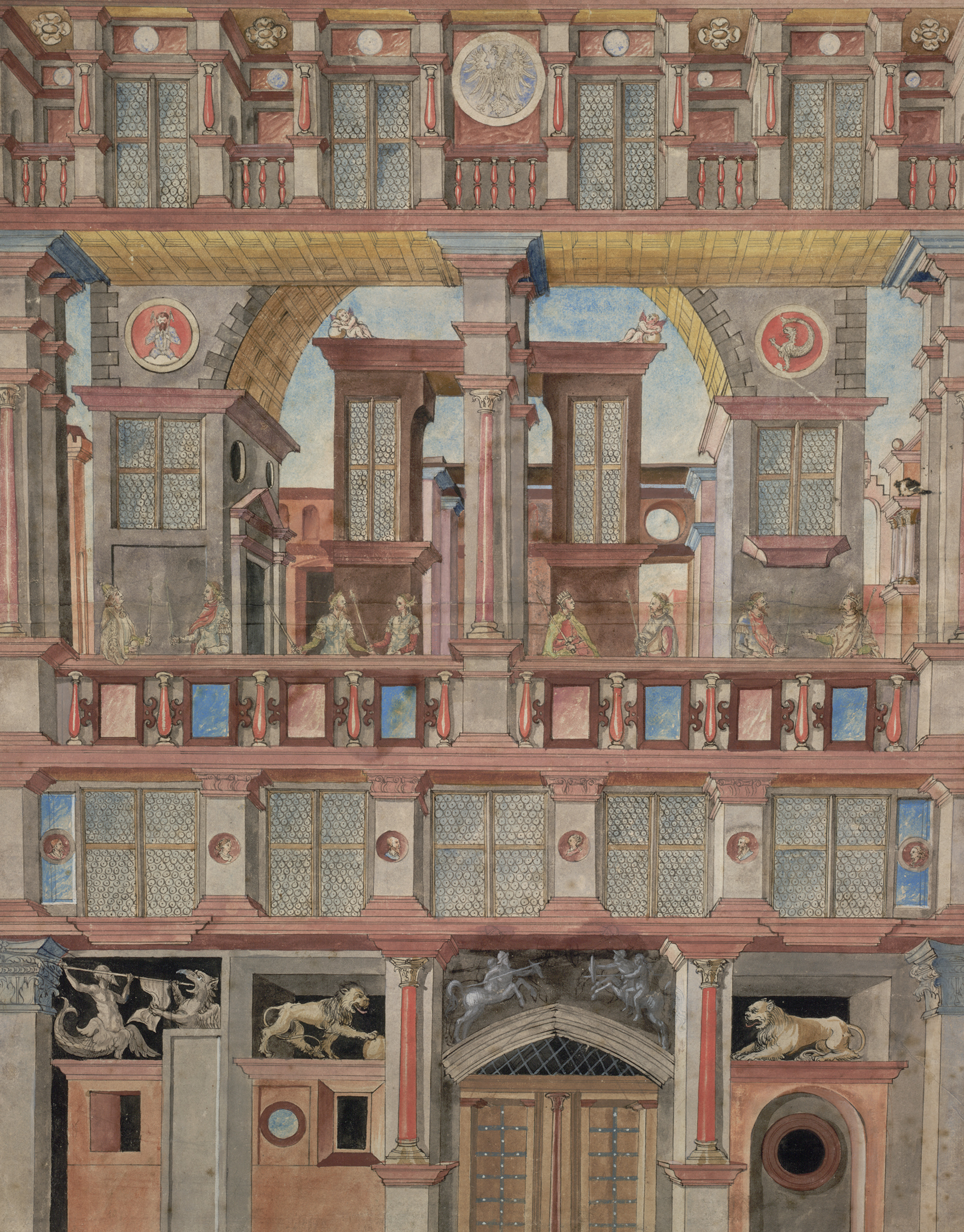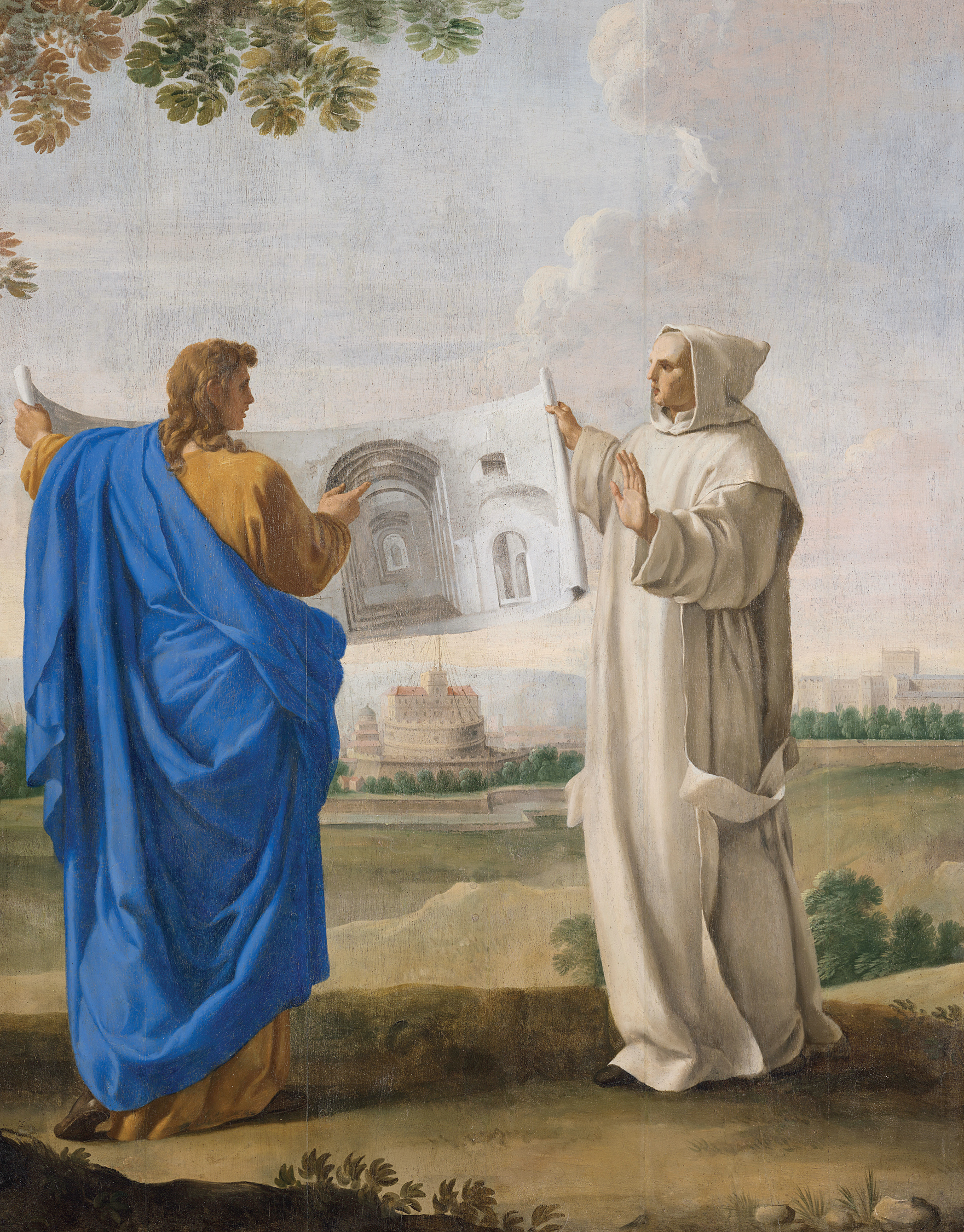Basile Baudez - Inessential Colors: Architecture on Paper in Early Modern Europe
Here you can read online Basile Baudez - Inessential Colors: Architecture on Paper in Early Modern Europe full text of the book (entire story) in english for free. Download pdf and epub, get meaning, cover and reviews about this ebook. year: 2021, publisher: Princeton University Press, genre: Romance novel. Description of the work, (preface) as well as reviews are available. Best literature library LitArk.com created for fans of good reading and offers a wide selection of genres:
Romance novel
Science fiction
Adventure
Detective
Science
History
Home and family
Prose
Art
Politics
Computer
Non-fiction
Religion
Business
Children
Humor
Choose a favorite category and find really read worthwhile books. Enjoy immersion in the world of imagination, feel the emotions of the characters or learn something new for yourself, make an fascinating discovery.

- Book:Inessential Colors: Architecture on Paper in Early Modern Europe
- Author:
- Publisher:Princeton University Press
- Genre:
- Year:2021
- Rating:5 / 5
- Favourites:Add to favourites
- Your mark:
Inessential Colors: Architecture on Paper in Early Modern Europe: summary, description and annotation
We offer to read an annotation, description, summary or preface (depends on what the author of the book "Inessential Colors: Architecture on Paper in Early Modern Europe" wrote himself). If you haven't found the necessary information about the book — write in the comments, we will try to find it.
Today, architectural plans and drawings are always signposted with colors: pink for poch, or exterior walls, yellow for certain interior elements, and blue for details and ornament. How and why did this practice begin? The craft of architectural drawing-plans, sections, and details-was originally developed during the Italian Renaissance under the influence of engravers. The results were correspondingly monochromatic, relying on representation through line and perspective. But in the 1800s, an influx of painters-turned-architects in Holland and Germany brought color into their designs. This innovation eventually spread throughout Europe, inspiring French architectural engineers to adopt a common color system in order to more clearly communicate their designs across the kingdom, and giving architects another tool with which to impress academic juries and the public. In this book, author Basile Baudez argues that color was not an essential feature of architectural drawing until European architects adopted a precise system of representation in response to political and artistic rivalry between countries, as well as the needs of public exhibitions. He shows that French engineers learned to use color from the Dutch colleagues they worked with and then fought against during the Dutch War (1672-78), demonstrating that a color-based system was published in French manuals for military engineers and used by royal architects, and that architects who wanted to compete with paintings for the publics attention needed to use the familiar language of color. This history reveals that color came to have three functions: to imitate architectural materials, to establish concise representational conventions that could span large geographic distances, and to seduce the public, including tourists. The book will feature a large number of fascinating, previously unpublished archival drawings, and will contribute to growing interest in the origins and professionalization of architecture, as well as the history of drawing as a medium
Basile Baudez: author's other books
Who wrote Inessential Colors: Architecture on Paper in Early Modern Europe? Find out the surname, the name of the author of the book and a list of all author's works by series.

